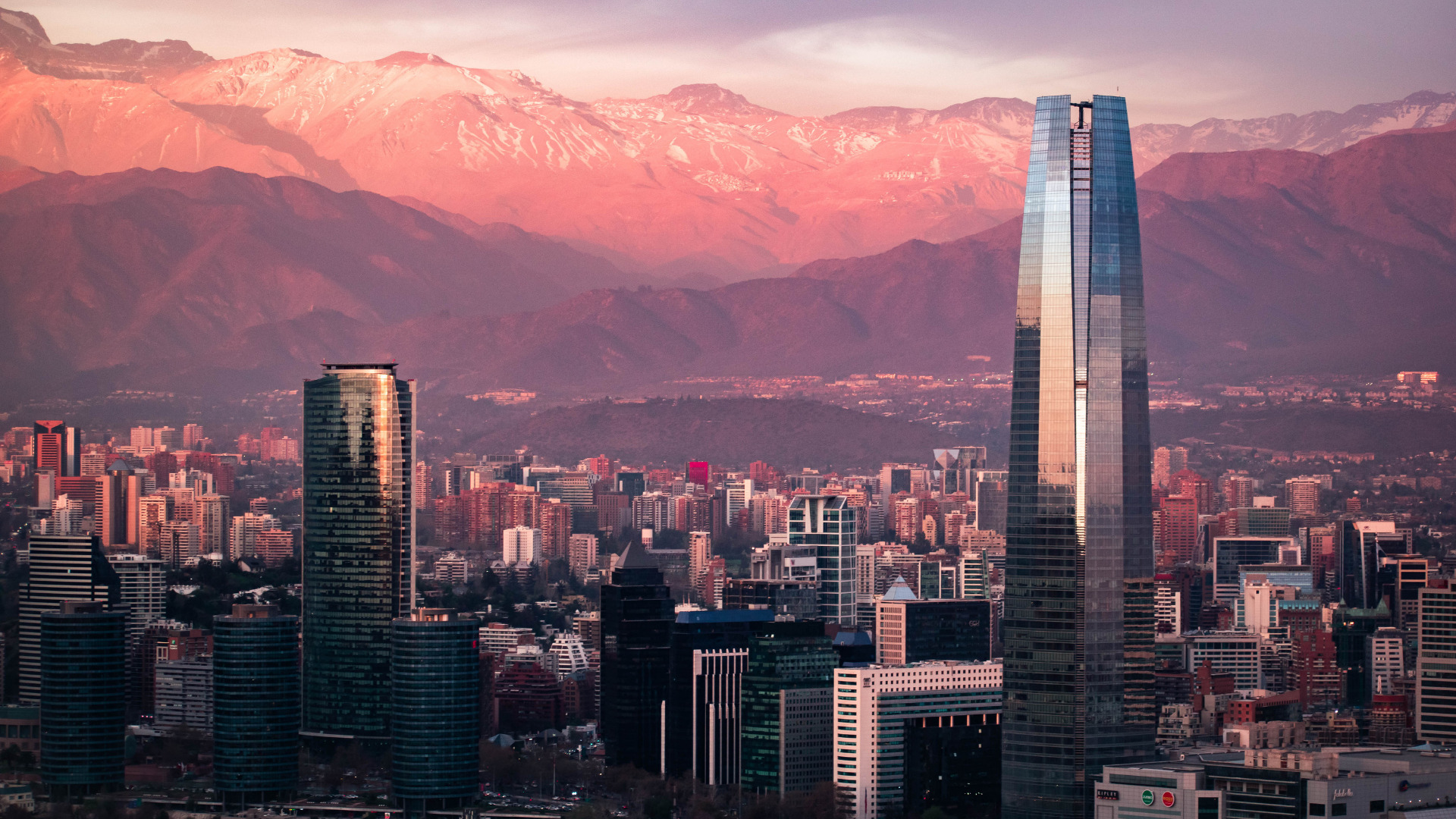Date first published: 07/04/2020
Key sectors: all
Key risks: civil unrest; policy continuity; looting; arson attacks; violent clashes
The COVID-19 pandemic will have at least a short-term impact on Chile’s main political violence risks, particularly on the demonstrations and associated violence that erupted last October. Following a lull in the January-February summer months, March was set to become one of the most violent months since the protests first broke out. The first two weeks of the month confirmed the expectation, including the killing of two protesters in the capital Santiago on 6 and 7 March, one struck by a police vehicle, the other hit in the head by a tear gas canister. Arson attacks and looting were reported in the capital on 12 March, and demonstrations had been called for the following week.
However, on 18 March President Sebastian Pinera declared a 90-day state of catastrophe granting the government extraordinary powers to restrict freedom of movement and ensure food supply and basic services amid heightened efforts to contain the COVID-19 outbreak. Protests have since then subsided, not only because of a ban on public gatherings under the state of catastrophe, but also because the movement itself has called on its supporters to respect social distancing and movement restrictions. The electoral calendar has also been affected, likely pushing the country’s most pressing political violence risks to end-2020 and 2021.
The 26 April referendum on whether a new constitution should be drafted has been postponed to 25 October. Assuming that movement and travel restrictions are by then at least partially lifted, the protest movement will re-emerge. The way in which the government manages the outbreak and mitigates its social, economic and financial impact could indeed add – or mitigate – the demands from those who took to the street for five consecutive months. Mismanagement, perceived abuse of force and or power in implementing restrictions could add to the inequality-based grievances that catalysed Chile’s worst security and political crisis since the return to democracy. So far, the government has not implemented a nationwide lockdown, only city- or region- specific ones where the outbreak has been more intense. Citizens have so far broadly respected the measures, including a nationwide night-time curfew between 10.00 pm and 05.00 am. The fact that at least 88 violent incidents were reported in the first 11 days of March indicates that there is strong underlying intent to keep the protest movement alive. It should be assumed that compliance with the COVID-19-related measures will continue, particularly if perceived as illegitimate or abusive.
Restrictive measures have not deterred violence linked to indigenous Mapuche activists. At least nine attacks were reported on in the southern Araucania and Bio Bio regions since the state of catastrophe was put in place. These incidents have included shooting attacks against vans, arson attacks against cabins belonging to forestry companies, a shooting attacks against a hotel and other against a police vehicle and health authorities deployed to the area in the context of the pandemic. On 26 March an attack with explosive devices destroyed a telecoms tower and damaged another one in Contulmo, Arauco province. Five days later, an arson attack damaged a helicopter in Pucon, Cautin province, exactly two weeks after another helicopter was burned in Santa Juana, Concepcion province. Should the apparent uptick continue, authorities may move to impose tougher and wider restrictions in those areas, risking an escalation with groups that seem determined to remain active and perhaps even more provocative given that the attention now appears to be elsewhere.



